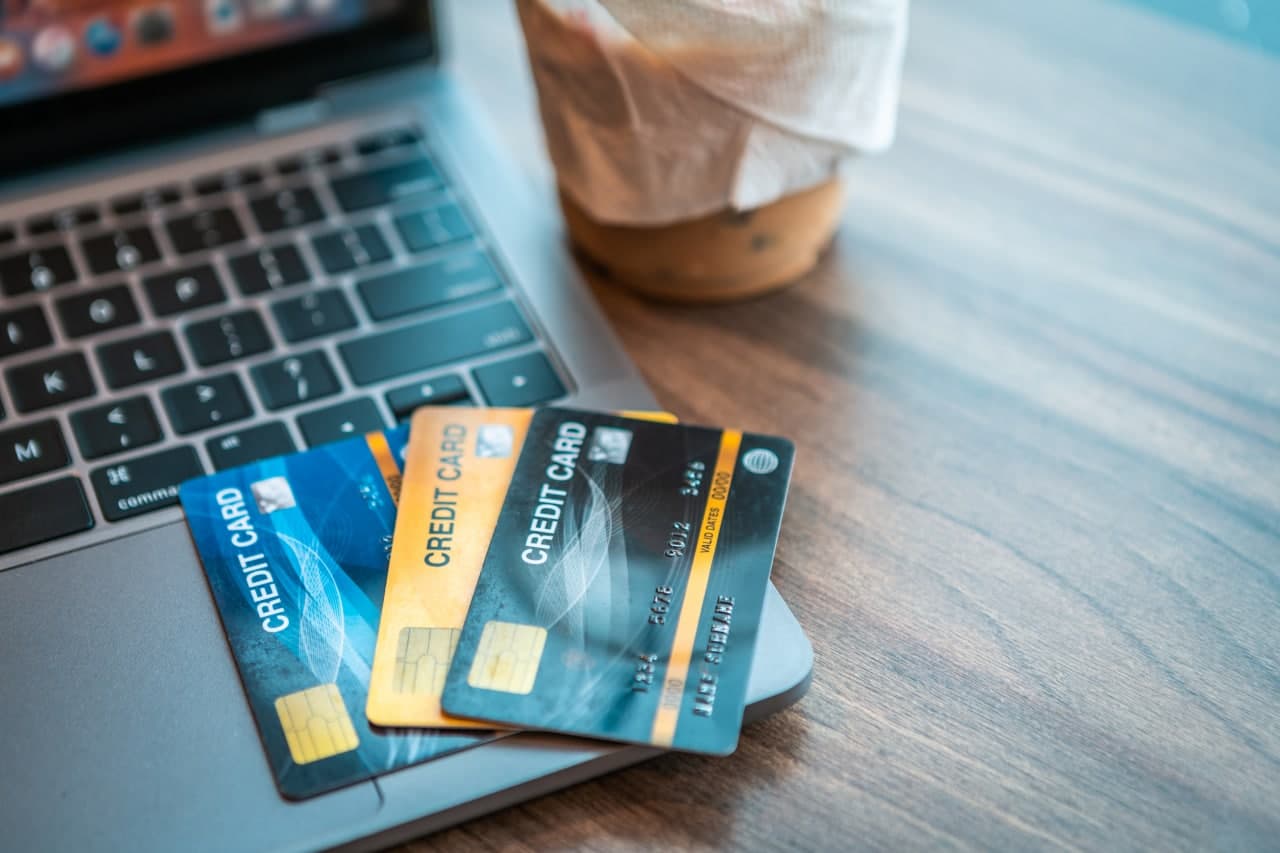Today, banks offer many types of cards with different opportunities like high credit limits and NFC payments. To decide on the number of cards to suit one’s life becomes of vital importance.
As financial organizations are struggling so furiously for each client with low interest, succulent prizes, and simple terms, you become a choice millionaire.
In case you’re a keen cashless payer who uses all opportunities like the awards and special offers to get the most out of each purchase, getting a credit card with large limits each time, would you be able to end up with no debts for each of them?
How to Make the Decision
Here’s the way to track down the number which will work for you, step by step:
Organize the way you make purchases
Each and every card has its special offers like prizes, cashback, low revenue, or zero interest rate. Having different cards is a decent method to profit from all the advantages and avoid substantial interest costs.
However, the ideal number of cards is an individual decision that depends on your credit profile and funds. Eventually, having solitary plastic money requires mindful planning of expenses, no matter how many credit cards you may have.
Everyone needs limits when it comes to borrowing.
Your credit profile ought to be adjusted. It may seem the decision to have multiple credit card limits is a perfect one. Is it so easy?
Various records give you heaps of accessible credit. The proportion of your accessible credit to your general obligation assumes a part in deciding your financial assessment.
Having one maximized limit can influence your rating within the financial institution more adversely than similar money spread between more than two cards.
Numerous specialists say you should have two or three credit cards, yet the bottom line lies in the appropriate credit use. In the end, the quantity of cards is not so important if to compare it with the methods you apply to utilize the available credit card resources.
Embracing a 2-card strategy
Each of your credit cards may integrate a cashback with lots of useful rewards, or it could be with money-saving opportunities.
As long as you utilize the bonuses your card offers for your day-by-day spending, like food, gas, and covering bills, you may consider yourself to be on the right track. However, you should take care of the final sum every month. Unless you do that, you’ll get an unreasonable minus that will hurt your credit and bring you down to the state of indebtedness.
Furthermore, focus on the terms your bank has. A few cards reward basic food item buys yet not cashless payments, while some institutions will save the best awards for your spending at the service station.
The low-interest card is a great idea to have for significant buys you’ll have to pay over the long haul as a new robot cleaner or boarding passes for your summer vacation.
Should the 3rd card be avoided?
A third card can help in case you are ever in a tight spot. Having a sum that you can use in the worst situation, aside from crises, can be a decent decision.
The accessible, unused funds will cheer you up as you check your records and may benefit your rating. If you use this technique, you need to discover a card with no yearly expenses, so your reinforcement plan doesn’t wind up setting you back with more cash than it saves.
The Bottom Line
Some people are happy with just one card; some need 3. You can live even without it (even though it would seem a little weird by modern cashless standards). Whenever you struggle to decide — just remember that the Guinness World Record book has a whole story of a man with over 1500 credit cards. If this guy can maintain them — why would you not deal with just 3?
